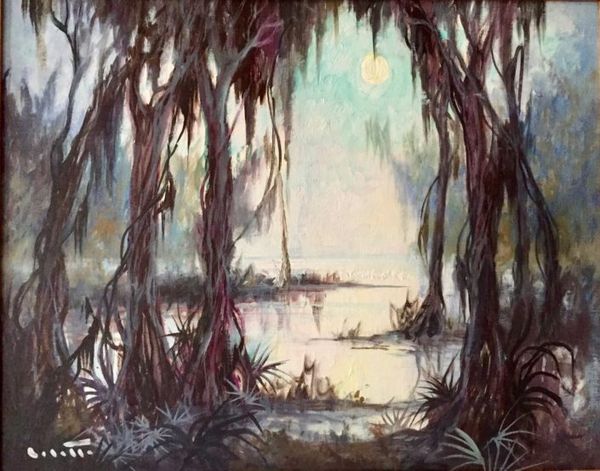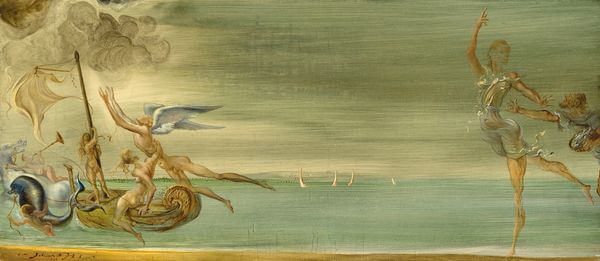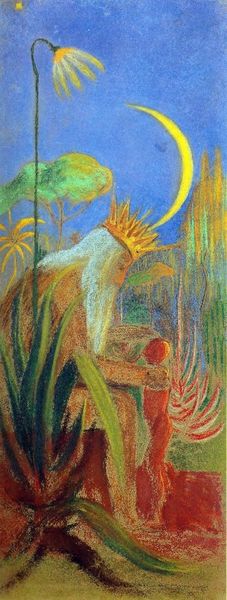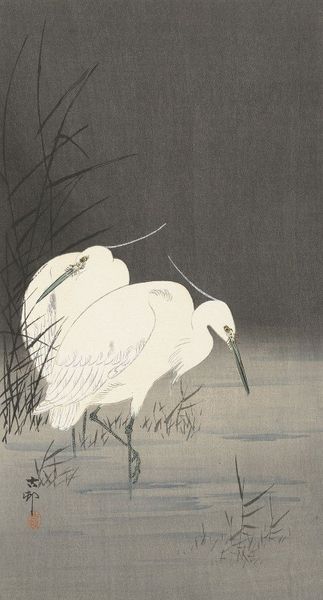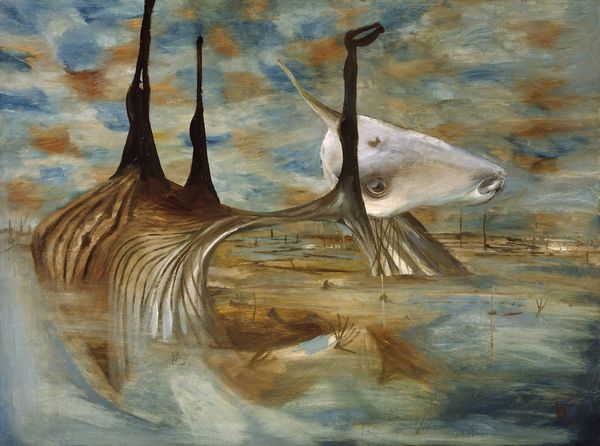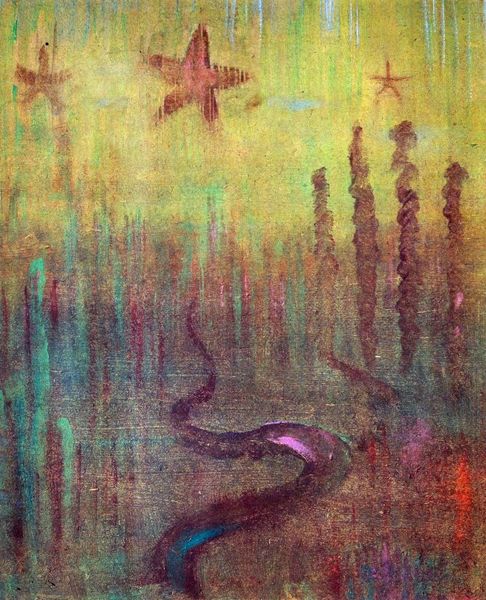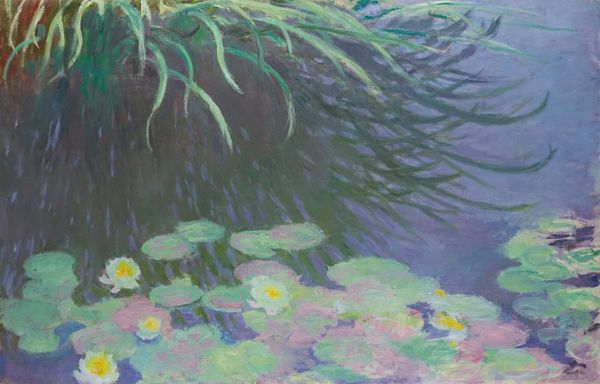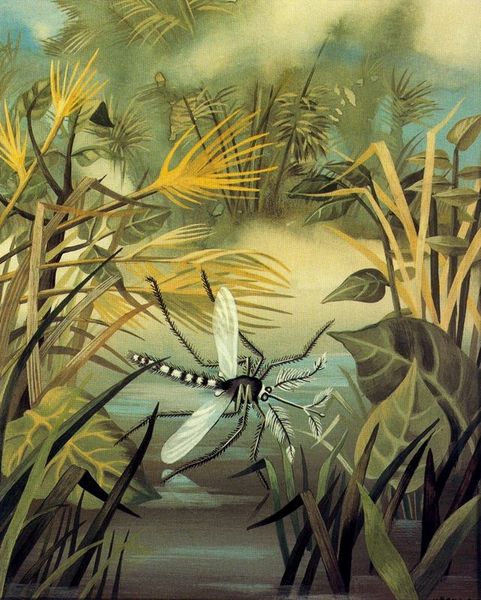
painting, oil-paint
#
fantasy art
#
painting
#
grass
#
oil-paint
#
landscape
#
figuration
#
romanticism
#
realism
Dimensions: 33 x 44 cm
Copyright: Public domain
Curator: Let’s consider this tranquil waterscape, "Swans among the reeds at the first Morgenro," completed by Caspar David Friedrich in 1832. Editor: My first impression is quiet stillness. There's almost a hushed feeling to the scene, as if we're intruding on a private moment. The subtle, almost pastel sky adds to the overall calmness. Curator: Friedrich painted this using oil paints, layering color to emphasize the natural Romantic landscape. His identity as a Romantic artist meant embracing emotion. There's a relationship here to the Romantic tradition, and also perhaps a critique of political power embodied in art. The subtle shift in the color palette suggests that he wanted the social construct of "romance" to be seen, explored, and then redefined to fit his paradigm. Editor: For me, the swans are so intertwined within the reedy landscape, as if they emerged directly from it. The way their necks curve to almost mirror one another creates an impression of perfect harmony and unity, a classical symbol for fidelity in romantic love, certainly. But I also sense there's an almost alchemical balance present, beyond romantic love. Curator: Yes, that sense of alchemy could arise from the dawn depicted in the sky: it feels heavy, even oppressive in some areas. Romantic landscapes became places in which to grapple with what Germany was. The artwork is both embedded in the traditional symbolism of dawn – rebirth and hope - but also weighted down with history and trauma. The work acknowledges social inequality and the fight for political inclusion that dominated Germany during this time. Editor: The placement of the swans, sheltered by the reeds, also hints at ideas about the preservation and quiet endurance, and the continuation of folk values at the onset of social revolution. Curator: Looking closely reveals that his application of colors serves as both contrast and reflection – between what is and what is not, what will remain and what will fade away, which suggests that identity and tradition can both hinder and help, but it is on humanity to recognize the truth in a way that embraces human nature. Editor: I agree, and considering that Friedrich created this towards the end of his life, after experiencing personal loss and witnessing a lot of sociopolitical upheaval, I sense that the overall intention here is on balance and peace, born from surviving intense struggle. Curator: Considering our conversation today, I view this as not just an interpretation, but as a reflection of resilience within socio-economic structures, and the possibilities for both community and conflict within a fragile setting. Editor: And for me, a reminder of the symbolic connections that can bind nature, society, and self in this fleeting moment.
Comments
No comments
Be the first to comment and join the conversation on the ultimate creative platform.
